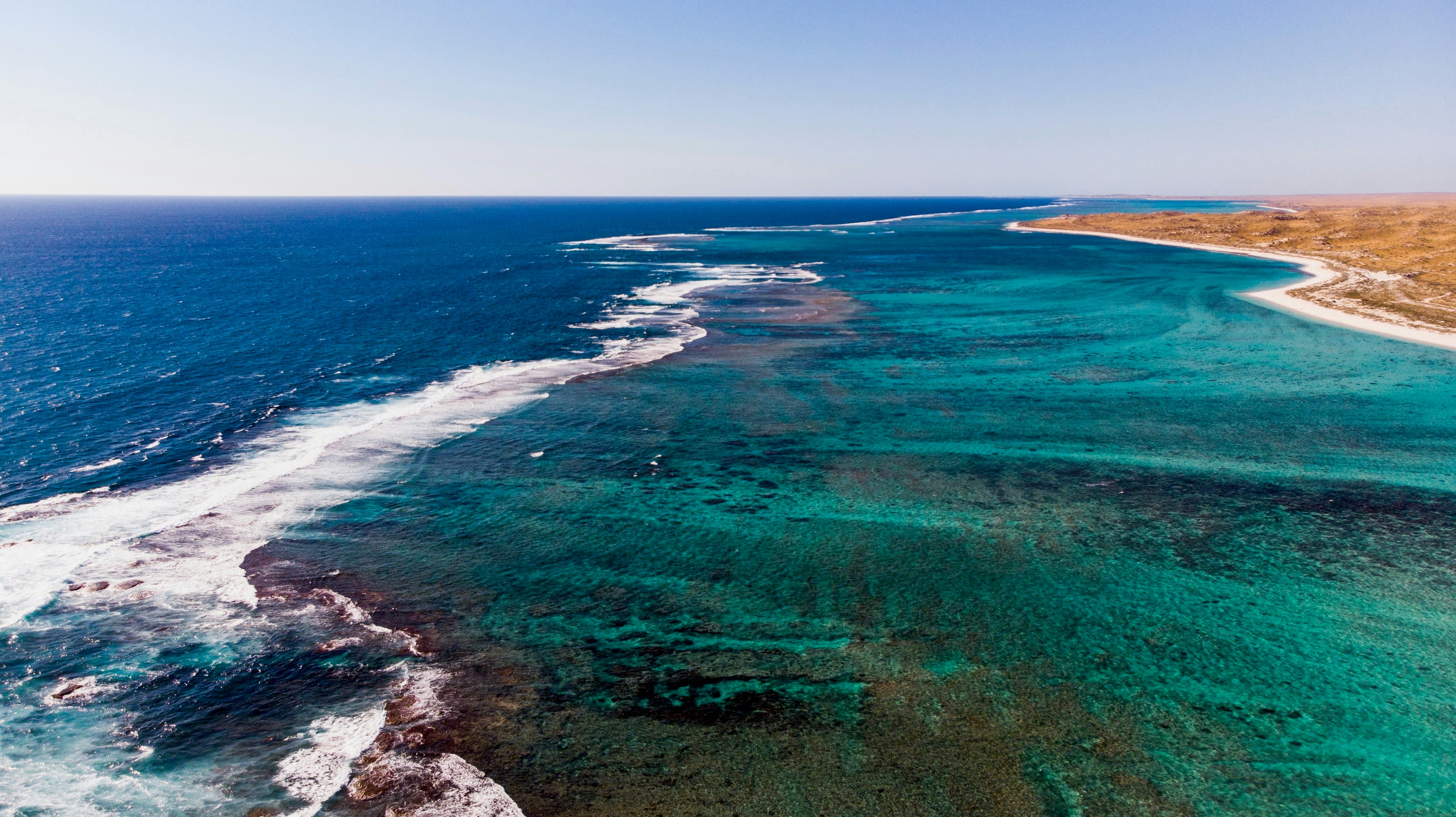Media release
From:
Withstanding current events - Selective breeding of coral species can make them more heat tolerant. Crossbreeding species of coral from thermally different areas of the Ningaloo World Heritage Reef, Western Australia, resulted in offspring with higher heat tolerance than when the parents were from the same area. These findings are the first to demonstrate that selective breeding can increase heat tolerance for corals in the Indian Ocean and will be critical to preparing for future marine heatwaves. Proceedings of the Royal Society B
Selective breeding enhances coral heat tolerance even over small spatial scales
Proceedings of the Royal Society B: Biological Sciences
Scientists working on Western Australia’s Ningaloo Reef have found that selectively breeding corals can help them survive rising ocean temperatures. By crossing corals from warmer and cooler parts of the reef, researchers discovered that some baby corals had over twice the survival rate under heat stress. These findings offer new hope for building heat-tolerant coral populations in the face of climate change. This is the first study to show that selective breeding can improve coral resilience in the Indian Ocean, providing a powerful tool to help safeguard reefs during future marine heatwaves.



 Australia; QLD; WA; TAS
Australia; QLD; WA; TAS


